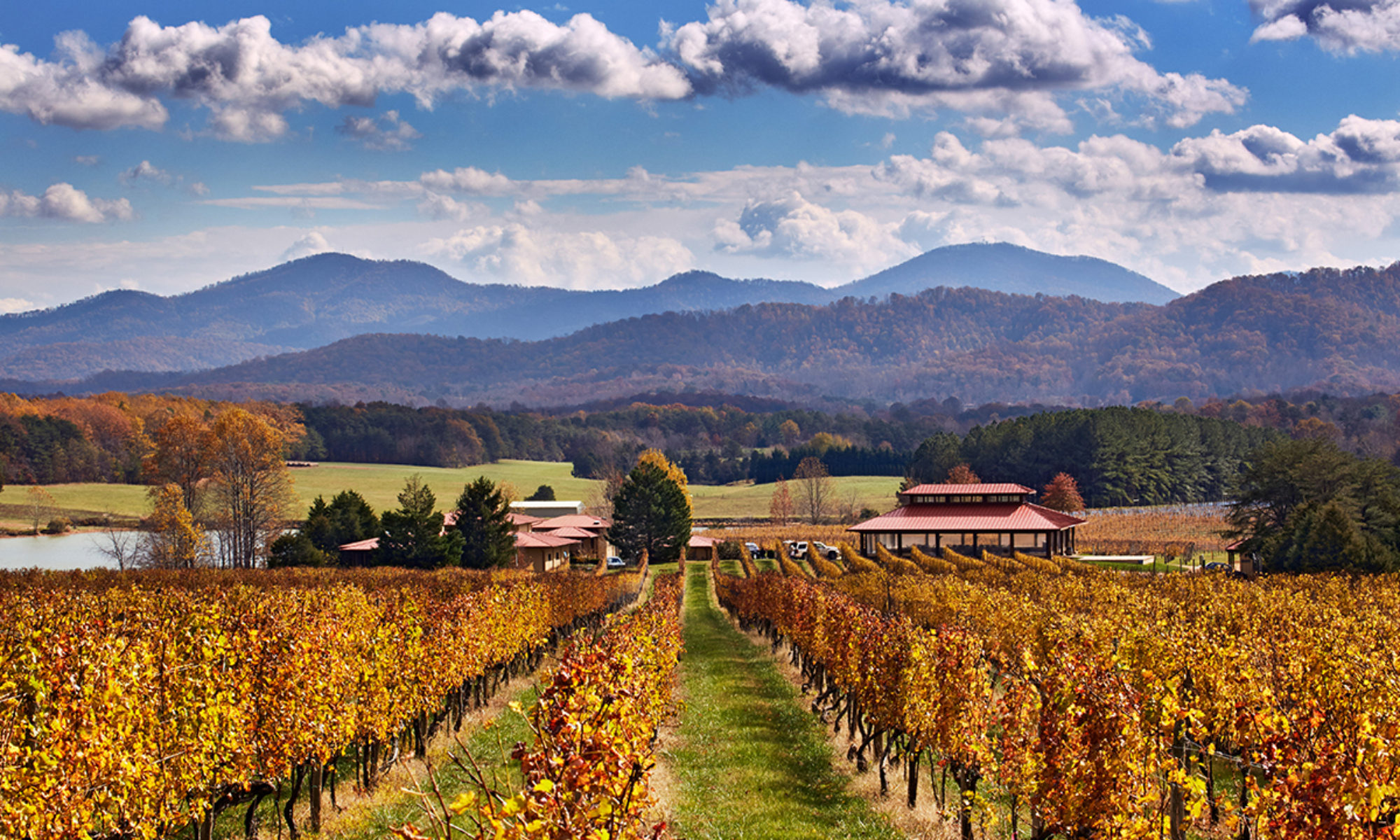Old House Vineyards
Old House Vineyards is located a few minutes east of Culpeper, off of Routes 15 and 29, about 90 minutes from Washington (the last mile is on a narrow gravel road). Founded by Patrick and Allyson Kearney in 1998 on an abandoned 75-acre farm. The winery is within the boundary of Brandy Station Battlefield (see below), and within sight of another old house, one where George Armstrong Custer honeymooned. This is a small-to-mid sized winery producing between 3,000-5,000 cases a year.
Wine. One of the Top 25 wineries in Virginia, and among the Top 10 wineries of Northern Virginia. Old House wines have won a pair of gold medals at both the 2023 and 2022 Virginia Governor’s Cup state-wide wine tasting competition. At the 2023 Governor’s Cup, Old House’s 2022 Vidal Blanc and non-vintage “Apricus” (a fortified ice wine) were awarded gold medals, while at the 2022 Governor’s Cup, their 2021 Vidal Blanc and 2019 “Bacchanalia Reserve” received gold medals. At the 2023 event, Old House wines also received four silver medals, for their 2020 Bacchanalia, Cabernet Franc, sparkling Petillante, and “Wicked Bottom” Chambourcin. The 2019 vintages of their Cabernet Franc, Chambourcin, and Petit Verdot, and their 2020 Clover Hill Vidal Blanc were awarded silver medals at the 2022 Governor’s Cup. 100% Estate Production. If you want to learn more about how wine is made in Virginia, and some of the economics involved, Old House’s website has a great short tutorial, under their “Vineyards” tab.
Setting. One star. Good views of the grounds, vineyards and a small lake. The winery is in a restored 1890 farm house. Plenty of room to sit both indoors and out. Brick oven pizza is available on weekends. The property includes a distillery as well, with historical memorabilia, and there are plans for a brewery to open soon.
Stories. One star. The Battle of Brandy Station, also called the Battle of Fleetwood Hill, was the largest mostly cavalry engagement of the Civil War, as well as the largest ever to take place on American soil. It was fought on June 9, 1863, around Brandy Station, Virginia, at the beginning of the Gettysburg Campaign. After the major Union defeat at the Battle of Chancellorsville, General Robert E. Lee brought his army north to Culpeper, preparing to move from there into Maryland and Pennsylvania, and threaten Baltimore and Washington. To protect the Confederate infantry, Lee stationed Colonel J.E.B. Stuart’s cavalry along the Rappahannock River to the northeast of Culpeper to forestall any surprise attack. At their position around Brandy Station, Stuart’s force of about 9,500 men consisted of five cavalry brigades. Unknown to the Confederates, 11,000 Union men had massed on the other side of the Rappahannock River. The Union Cavalry were also unaware of the size of the southern forces. In the early morning, the Union horses forded the river, and a daylong series of heated and inconclusive battles began. In many Civil War battles, cavalrymen typically dismounted once they reached an engagement and fought essentially as infantry. But in this battle, the surprise and chaos led to a mostly mounted fight. Some 20,500 men were engaged in this, the largest predominantly cavalry battle to take place during the war. Despite the advantage of surprise, the battle ended in a narrow defeat for Union forces and Lee’s infantry at Culpeper remained undetected. Nevertheless, the Battle of Brandy Station greatly improved the confidence of the Union cavalry. Stuart was harshly criticized for his unpreparedness. Union casualties were 907 (69 killed, 352 wounded, and 486 missing, primarily captured); Confederate losses totaled 523. This battle marked the end of the Confederate cavalry’s dominance.
